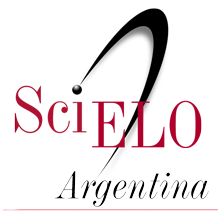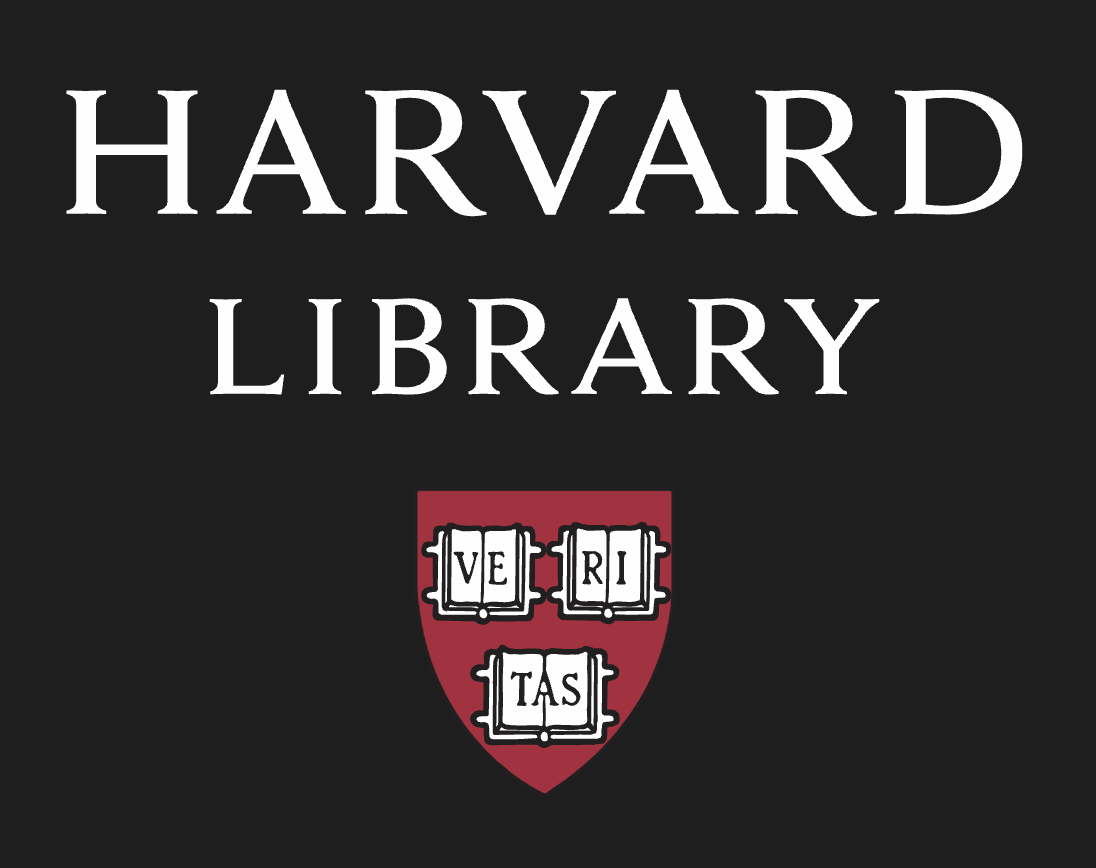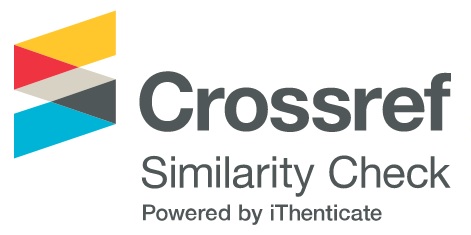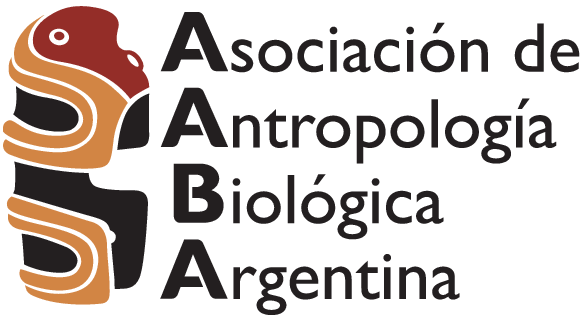Genetic structure in Traslasierra Valley. Analysis of Alu insertions
DOI:
https://doi.org/10.17139/raab.2019.0021.01.03Abstract
The genetic diversity of human populations in central Argentina is the result of a process of migratory movements and admixture, after five centuries of contact between Native Americans and migrants, mainly from Europe, the Middle East, and Africa. These historical and demographic events were not homogeneous; rather, they showed differences related to the environmental, economic, and political conditions of each sub-region. In this work we studied the genetic structure of Traslasierra Valley from the analysis of 8 Alu insertions (PV92, FXIIIB, APO, TPA25, ACE, A25, B65, and D1). Our objective is to contribute to the knowledge of its recent evolutionary history, mainly in relation to migratory patterns and the possible existence of consanguinity, using methodologies of anthropological genetics research. The sample examined included 97 individuals from several localities, mostly rural, and was divided into three subsamples, according to the north-south orientation of the valley. The results revealed the lack of differentiation between subsamples and a significant deficit of heterozygotes in 7 of the 8 markers used Local (FIS) and total (FIT) inbreeding coefficients, which measure the increase of homozygosis due to consanguineous mating, show positive and statistically significant values, both in the total population and in each of the subpopulations. The results confirm the existence of inbreeding, previously estimated indirectly by isonymy, marital distance, and other biodemographic estimators. Although five of the Alu insertions showed highly significant differences between continental groups, the estimation of genetic ancestry does not reflect the contribution of parental populations to the population's gene pool, as expected from evidence obtained from uniparental and autosomal markers, or from recent migration history.
Downloads
Metrics
Downloads
Published
How to Cite
Issue
Section
License
The RAAB is a diamond-type open access journal. There are no charges for reading, sending or processing the work. Likewise, authors maintain copyright on their works as well as publication rights without restrictions.

- Citations
- Citation Indexes: 1
- Usage
- Full Text Views: 100
- Abstract Views: 47
- Captures
- Readers: 8



























